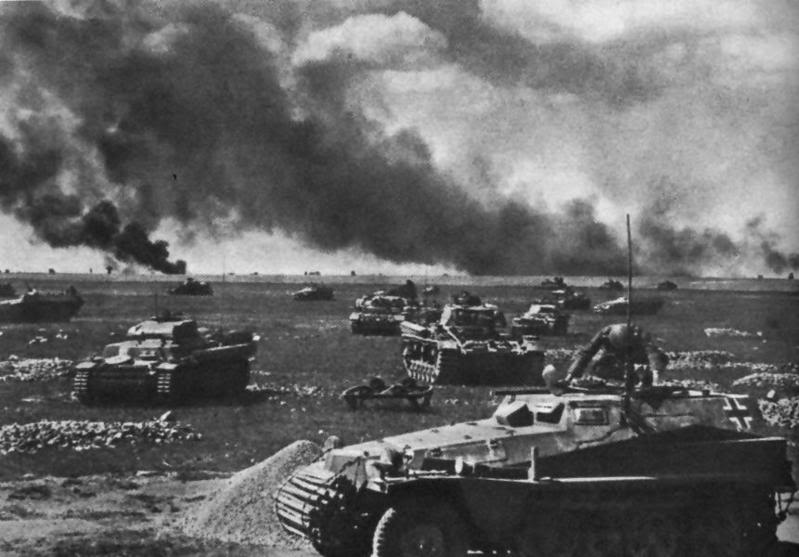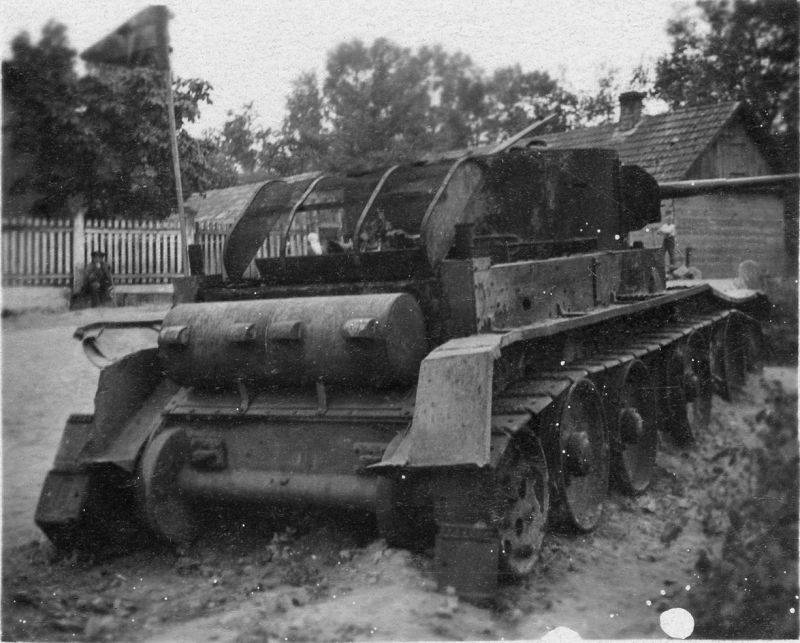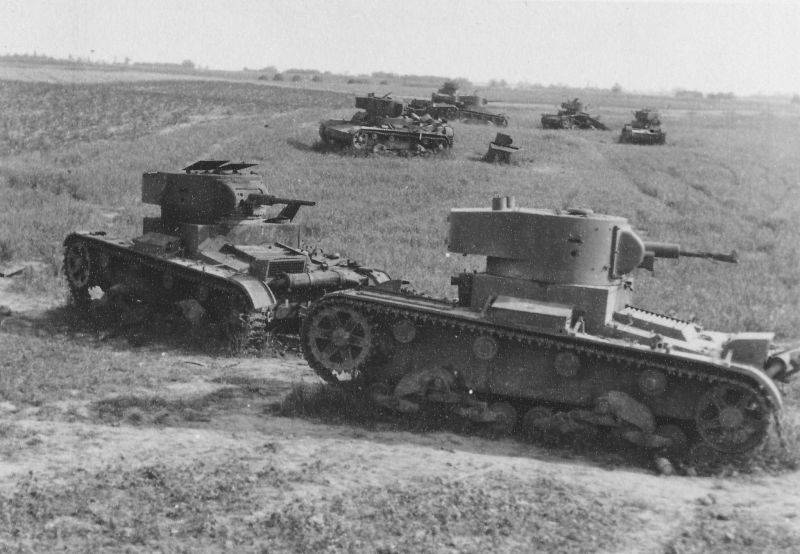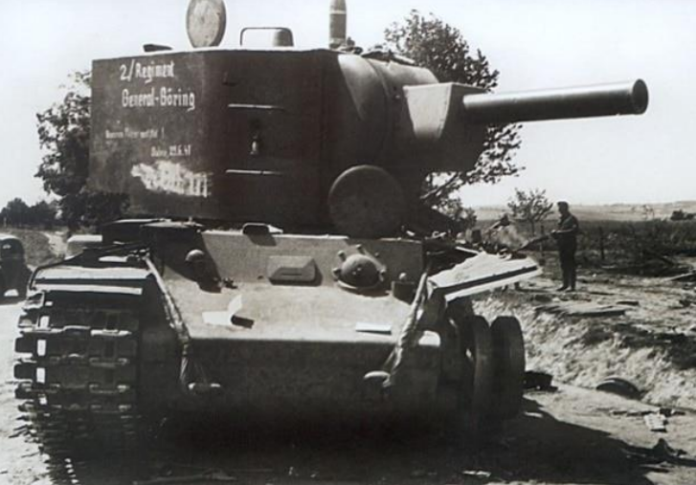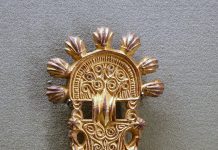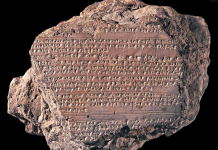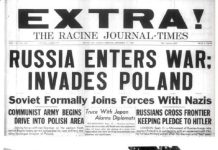The largest tank battle of WW2 is largely unknown, but it took place in western Ukraine in the triangle between the cities of Dubno, Lutsk, and Brody.
Known as the Battle of Brody, it started June 23, 1941, the next day after Nazi Germany invaded the USSR, and was mostly Red Army’s attempt to stop the 1st Panzer Group’s advance toward Kyiv. Surprisingly, the balance of tanks at the beginning of the battle was at least 3 to 1 in favor of the USSR (3429 vs. 729 tanks per Wikipedia), but there is yet another shocking fact:
“What’s all the more remarkable is that the Soviet corps had considerable numbers of heavier KV and T-34 tanks, tougher than the German army’s best tanks at the time. The Soviet 10th Tank Division of the 15th Mechanized Corps alone had 63 KVs and 38 T-34s,” – wrote an American military historian David Glantz.
What was so special about the Soviet tanks just mentioned? The KV tank was a real monster that weighed close to 50 tons; it was impervious to most anti-tank guns and could knock out any German tank in service at the time. There is an account of German General Erhardt Raus, commander of the Kampfgruppe of the 6th Panzer Division that was breaking through the Soviet defenses in Lithuania. According to Raus, in the Battle of Raseiniai which took place simultaneously with the Battle of Brody, his whole unit was delayed by a single KV-1 tank. The tank was hit by four 50 mm anti-tank guns of the anti-tank battalion of the 6th Panzer Division but returned fire, disabling all four guns. It was also hit by a heavy 8.8 cm gun of the German division’s anti-aircraft battalion from about 730 m behind the KV but the tank gunner knocked out the 8.8 cm gun almost instantly as well. It was only on the morning of 25 June that German tanks fired several shots at the KV and two shots penetrated the tank. Still, the KV stayed operational until German infantry managed to approach it and throw grenades into the tank’s hatches.
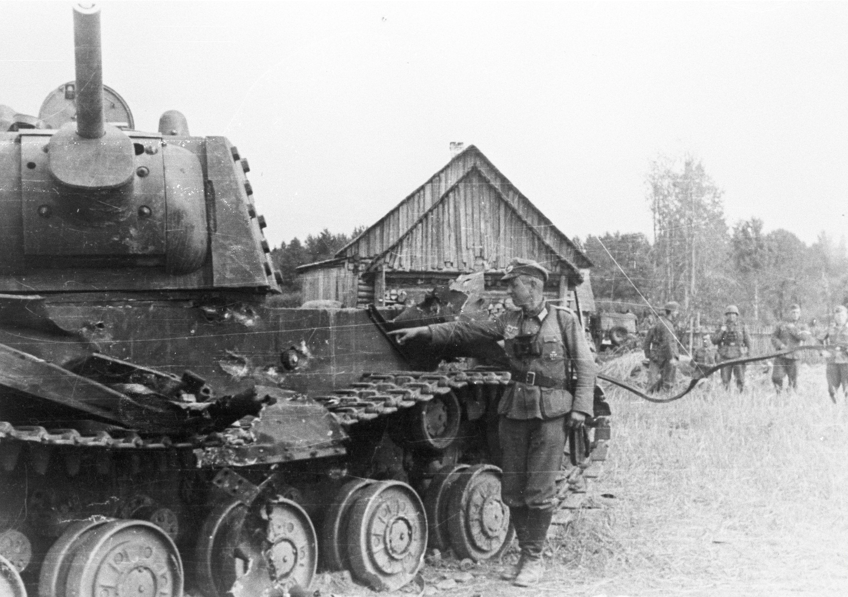
As for T-34, there is only one fact that needs to be mentioned here – the most-produced tank of WW2 was designed at the Kharkiv Lokomotiv Plant in Ukraine in 1937. It was only 4 years after the Holodomor of 1932-1933. Dr. Lemkin, who coined the very term ‘Genocide‘ wrote that “the crop that year [1932] was ample to feed the people and livestock of Ukraine, though it had fallen off somewhat from the previous year, a decrease probably due in large measure to the struggle over collectivization. But a famine was necessary for the Soviets and so they got one to order, by plan, through an unusually high grain allotment to the state as taxes.”
There is virtually no doubt that the “unusually high grain allotments” were sold by Moscow abroad and the revenue was used to start building the military equipment including the above-mentioned tanks. In short, Moscow exchanged millions of the Ukrainian lives to build a military machine.
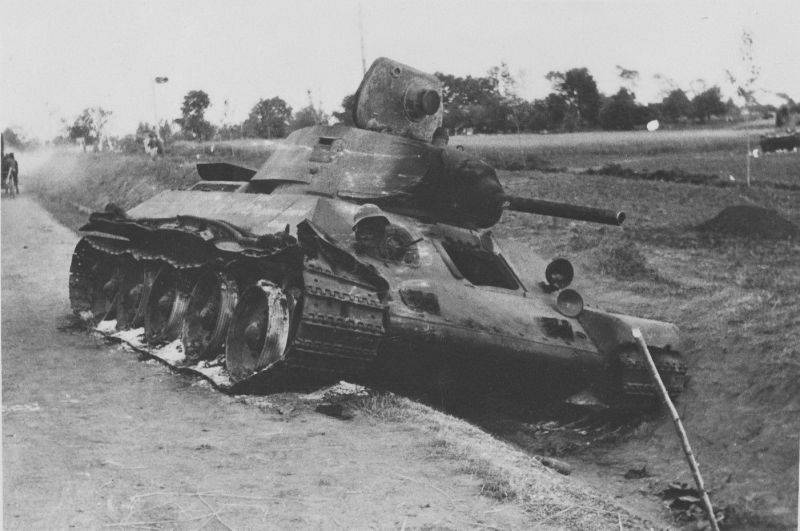
By June 29, 1941, as the advancing German tanks encircled and annihilated the Soviet units, with others falling back, “the battles the Soviets were still waging elsewhere were now battles more for survival than anything else,” Glantz wrote, “because at this point the Soviets began running out of fuel and ammunition.”
The Battle of Brody concluded on June 30, 1941. In the period of just one week, it became “a confusing morass that swallowed 2,648 Soviet tanks out of a total force of 5,000 versus some 1,000 German tanks”. No wonder Moscow still tries to silence such a fiasco.
But there are two other unpleasant questions Moscow would like to avoid:
- Where did so many tanks come from in 1941? The 5,000 tanks mentioned above were just a part of a much greater total tanks number Moscow had produced already.
- What were they doing on the western border of Ukraine?
Read about the Strongest Soviet invasion army in Ukraine in June of 1941 >
New facts and the shocking truth about the Kursk tank battle that Moscow names the Largest Tank Battle in history >
